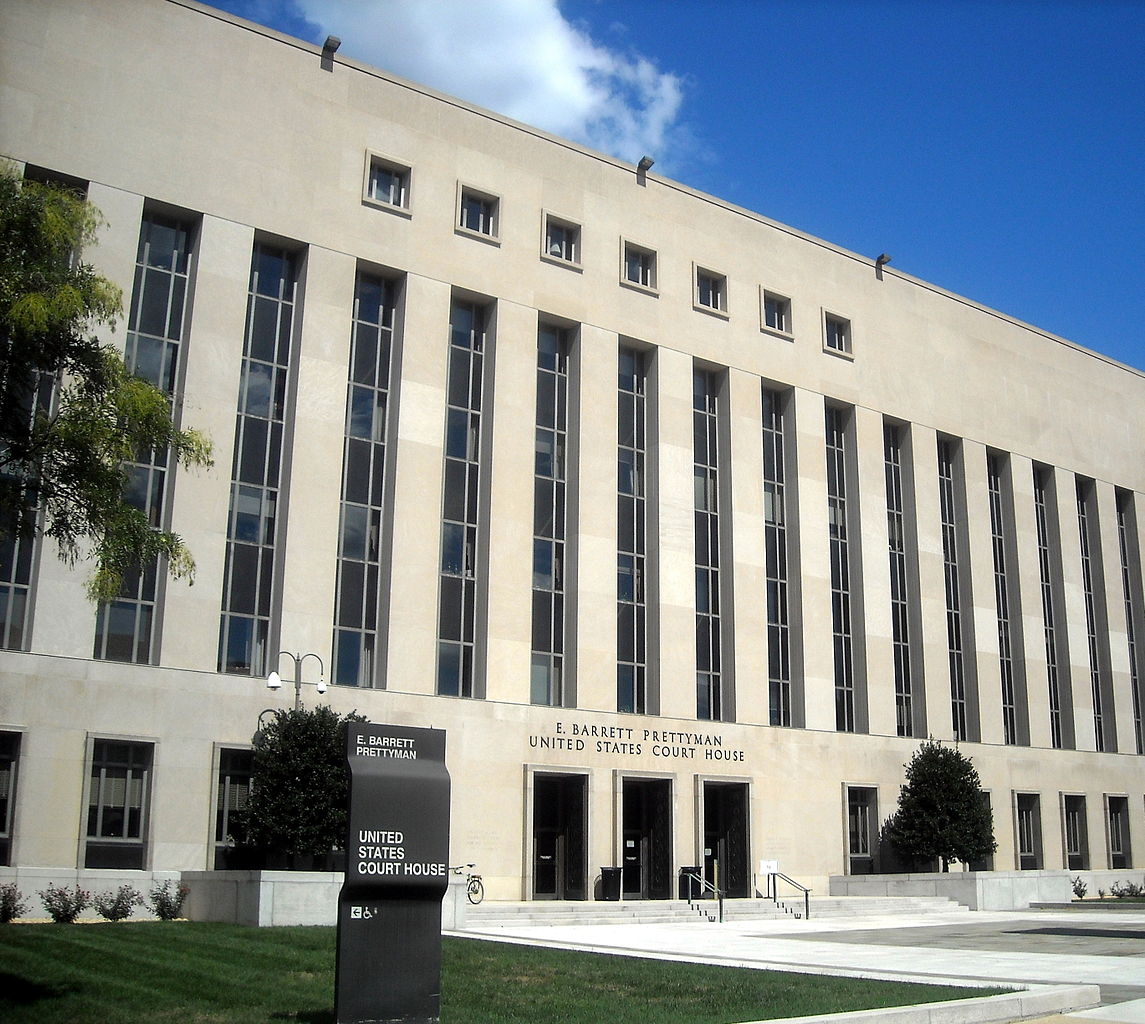What Now for the Golan Heights?
During highly-secret negotiations in 2010, Israel offered Syria a land-for-peace proposal. Under the terms, Israel agreed to return the Golan Heights in exchange for specific security guarantees, including a demonstration that the Assad government would stop acting as an Iranian proxy. For Israel, the proposition was immensely risky; the mountainous Golan region is of significant strategic defense value.
Published by The Lawfare Institute
in Cooperation With

During highly-secret negotiations in 2010, Israel offered Syria a land-for-peace proposal. Under the terms, Israel agreed to return the Golan Heights in exchange for specific security guarantees, including a demonstration that the Assad government would stop acting as an Iranian proxy. For Israel, the proposition was immensely risky; the mountainous Golan region is of significant strategic defense value. But Israeli leadership came to a pragmatic conclusion: A resolution of the long-simmering international armed conflict with Syria would drive a wedge between the Iranian-supported Hezbollah militia and the Assad Government. The potential rewards associated with this ‘wedge’ outweighed the risks of returning the Golan Heights to the Syrians. Thus, the Israelis very seriously considered and pursued the deal.
The swap never took place, however. Negotiations abruptly ended in March 2011 with the onset of the Syrian civil war. During a recent trip to Jerusalem, I asked a former Israeli Defense Force strategic planning head — who once served as Israel’s chief peace negotiator — whether the Golan Heights proposal might still be a possibility. His response: “Who would we return the Golan Heights to?”
I presume his question was rhetorical; of course, the civil war has rendered any land-for-peace proposal moot. For Israel, Syria is no longer a viable negotiating partner capable of fulfilling its security guarantees. Instead, Syria’s internal struggle has devolved into an ungoverned war zone with daily fighting between and among the Assad regime, Al-Nusra, ISIL, and assorted other rebel groups. For the time being, maintaining the status quo in the Golan Heights is likely the only realistic option. But that leaves open a rather large question — eventually, what will happen to the Golan Heights?
In legal terms, the Golan Heights is currently considered an Israeli belligerent occupation. In 1967, immediately following the Six-Day War, the United Nations Security Council unanimously adopted Resolution 242. This resolution sought to establish a peace process for the broader Arab-Israeli conflict by requiring the “withdrawal of Israeli armed forces from territories occupied in the recent conflict” and the “termination of all claims or states of belligerency and respect for and acknowledgment of the sovereignty, territorial integrity and political independence of every State in the area and their right to live in peace within secure and recognized boundaries free from threats or acts of force.”
The 1973 Yom Kippur War served to accelerate the implementation of Resolution 242, leading to peace between Israel, Egypt, and Jordan and the resolution of all land disputes between these states. Unfortunately, such peace did not occur between Israel and Syria. Although both nations agreed in principle to their obligations under Resolution 242, Israel and Syria have remained in an uneasy ceasefire since 1974. Consequently, the Golan Heights continues to be an Israeli-occupied territory which, at least in theory, should be returned to Syria upon cessation of their war.
The problem is that the “status quo” as described above is largely divorced from the realities on the ground. Geographically and politically the Golan Heights are increasingly isolated from Syria, which itself has ceased to perform state functions in the region. Only Israel provides security, basic services, and economic opportunities for those in the Golan Heights. And many Israeli experts do not expect this will change. Seizing upon this notion, Prime Minister Netanyahu recently asked President Obama to “think differently” about the Golan Heights and to consider the idea of Israel annexing the territory. In making this request, Netanyahu clearly sought to reinvigorate a rejected 1981 effort by the Israelis to claim the Golan Heights. In response, the United States reiterated its commitment to U.N. Resolution 242 and the mutual obligations contained therein. However, the current situation in Syria does explain the logic underlying the Israelis’ contemporary argument for annexation of the Golan Heights.
Is the fate of the Golan Heights simply a choice between perpetual occupation and forced annexation? The answer depends on the ultimate outcome of the Syrian civil war. If Syria emerges intact from its internal conflict, then negotiations can resume with Israel to end the occupation. Syria’s borders are unchanged and it continues to be recognized by the vast majority of the international community. These facts underscore Syria’s status as a viable state and reinforce the possibility that it could eventually resume bilateral negotiations with Israel over the Golan Heights. And the incentives for Israel to agree to such a deal still exist, as they did in 2010 — at the moment, all that is missing is a sufficiently reliable negotiating partner.
It is possible, however, that Syria will simply disintegrate under the pressures of the civil war or that it will Balkanize and fragment into a variety of new states. In this case, the right of self-determination of the people of the Golan Heights must be considered. The dissipation of a state does not put its former territory up for grabs to any who would lay claim; rather, in such instance, the people living in the former territory should determine their fate. In this case, the international community must undertake efforts to ensure that the people of the Golan Heights fairly and objectively determine their own status. The concept of self-determination is lofty and noble, but it also requires practical protections.
For now, the Golan Heights will likely continue as an occupied territory of Israel. And under the current conditions, this is both practical and strategically reasonable. Yet, it remains in the long-term interests of Israel, the region, and most importantly the people of the Golan Heights to resolve this long-standing international conundrum. Ironically — even tragically — the brutal Syrian civil war may provide just such an opportunity.





